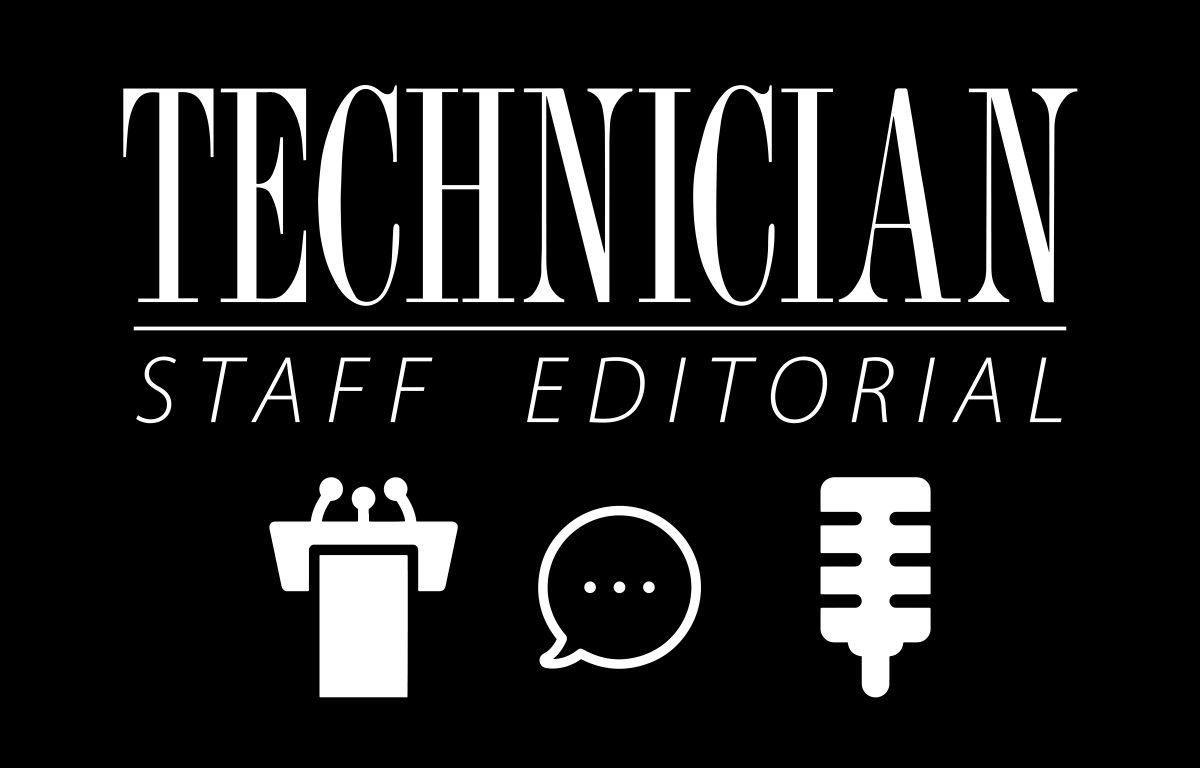Chanting, “Cancel the burgers, cancel the fries, make our wages supersize” fast-food workers and other protesters in Raleigh called for a wage of $15 an hour. Workers staged walkouts in 60 cities in the United States Thursday.
The Raleigh protest began at 6 a.m. in front of a McDonald’s and a Burger King and later moved to a Little Caesars Pizza on Capital Boulevard. The event ended with a 3:30 p.m. march from the Martin Street Baptist Church to a Kentucky Fried Chicken restaurant. At the church, Rev. William Barber II spoke to a crowd of approximately 150 people. Barber serves as president of the North Carolina chapter of the National Association for the Advancement of Colored People.
“The fastest-growing jobs in the U.S. are the lowest-paid. That ain’t right,” Barber said.
The staff of the Technician agrees. Minimum wage is just one of many things about North Carolina and the U.S. that “ain’t right.”
With a union membership rate of only 2.9 percent, North Carolina is the least unionized state in the nation. Because North Carolina passed right-to-work legislation in 1947 wprohibiting union security agreements, North Carolinians make much less than residents of other states. While the median wage for hotel workers is $10.05 in our state, the average is $14.79 in D.C., where many hotels are unionized.
In February, President Obama proposed increasing the federal minimum wage to $9. He also suggested that it automatically adjust with inflation so it rises with the cost of living. In this year’s State of the Union address, Obama said, “Even with the tax relief we’ve put in place, a family with two kids that earns minimum wage still lives below the poverty line.”
While we at the Technician agree with Obama’s motives, we think $9 is still not enough.
The Massachusetts Institute of Technology’s living wage calculator estimates “the hourly rate that an individual must earn to support their family, if they are the sole provider and are working full-time.” For adults living alone in Wake County, this is $10.15 an hour. This jumps to $15.53 for two adults and $20.07 for one adult and one child. The protesters are not teenagers who work just to make extra money—many of them are in their 30s or 40s and have children. Living wages vary across counties and demonstrate that $15 an hour is not an unreasonable request.
A $15-an-hour wage is more than twice the federal minimum wage of $7.25 and might seem unrealistic. But in 1963 when the March on Washington protesters marched at the National Mall, they demanded a wage of $2 an hour. In 1963, $2 had the buying power of $15.27 today, according to the Bureau of Labor Statistics’ inflation calculator.
Because of the lack of available jobs, people have been willing to accept nearly any pay they are offered, regardless of fairness. This strike shows that this view is changing—people realize they are selling their labor. And if enough people refuse to sell their labor for $7.25 an hour, a living wage may not be out of reach.



